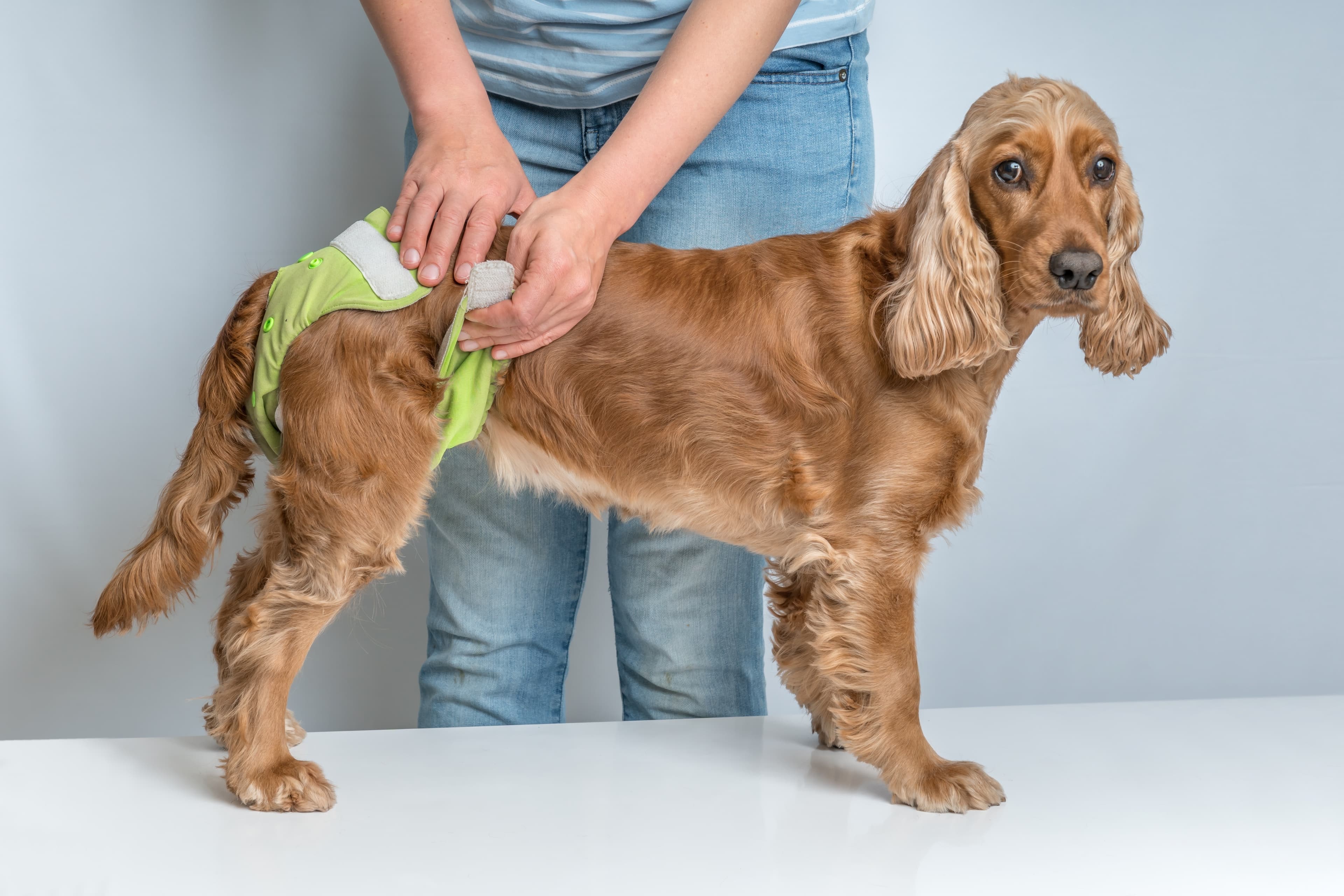How to deal with a mild limp
When a dog is lame, it is important to remember that lameness is almost always a sign that the dog is in pain. It is therefore important to always take lameness seriously. Lameness can be caused by many different things, including the dog stepping on something sharp, pulling a muscle, a claw injury, ligament damage or even a broken bone, to name a few possible causes.
Different types
There are different degrees of described lameness that require different levels of urgency. There is a type of lameness where the dog does not want to support the bone at all, the animal is then so called blockhalt, in this type of lameness you should always seek a veterinarian immediately. If the lameness is very severe, but the dog is still able to put weight on the leg, you should also see a vet immediately. A milder lameness does not usually require immediate emergency treatment, but it should of course still be taken seriously.
Treatment at home
If your dog has a blocky or severe lameness, you should take him to the vet straight away, but if he has a mild lameness, you can try to manage the lameness at home. What you need to do then is let the dog rest. Resting a dog at home means that the dog should take it easy and move around as little as possible. Do this:
Limit the dog's walks to just letting the dog do his business
Walk slowly at the dog's pace
Avoid taking the dog up and down stairs
Don't let the dog romp and play
If the dog's lameness does not go away within a few days, or if it gets worse, see a vet so that the dog can be examined and get the help it needs. If you're worried about your dog being lame, we recommend consulting a digital vet, which you as a Lassie insurance customer have unlimited access to.






